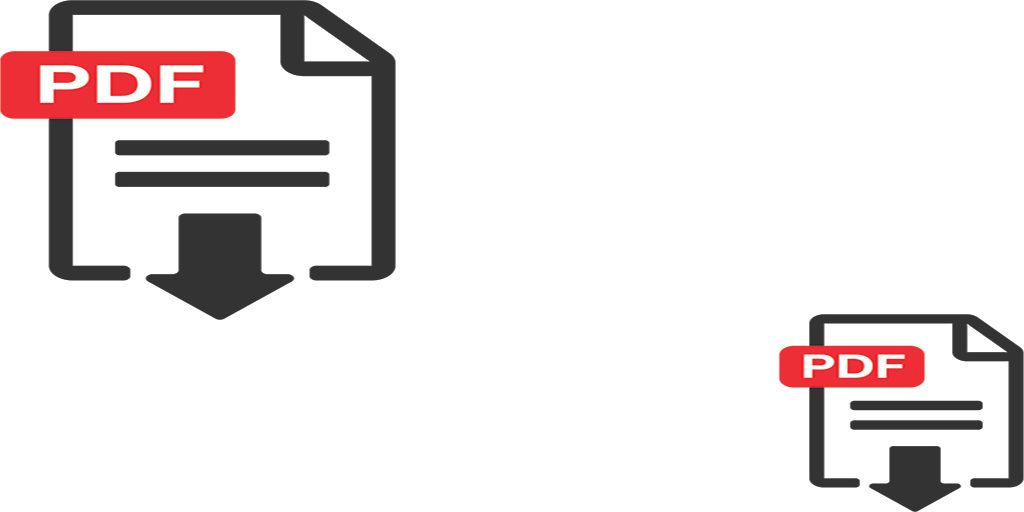PDFs (acronym for: Portable Document Format) are everywhere. Whether they are viewed digitally or in print, there’s a good chance that most people come across dozens of PDFs throughout the week. Part of what makes PDFs so appealing is that they can be viewed across most platforms, from the newest computers to simple smartphones. Thanks to the Internet, the way PDFs are translated has evolved quickly over the past few years. Explore these four facts on PDF translation which demonstrates how to most effectively translate PDFs for global audiences, and when using a professional translation team is your best bet.
The Language Limitations of PDFs and How to Overcome Them
One of the most appealing features of a PDF is that once a document is saved as such, its content can’t be altered, and it will look exactly the same no matter who views it, or which platform is used to view it. Margins don’t change. Text placement isn’t altered. Your message is preserved consistently and accurately.
What happens when the authoring language of your PDF isn’t the language that a reader understands best? Perhaps you’ve designed a manual for a product, and now your product is expanding to a global market. Maybe you’ve created an HR manual, and now your workforce is expanding internationally. Whatever the reason, as your business grows, you may need to make your PDF available in multiple languages. However, a translator can’t just open a PDF and start typing in the translation as PDFs cannot, in most cases, be edited. The bright side is that there are several different options to make that PDF editable and translation-ready!
Understanding PDF Types
Before you explore your PDF translation options, it is important to understand how that PDF document was created. Many times, when we read a PDF, we are actually viewing the published version from a source file authored in Word, Power Point, Adobe InDesign, or Illustrator, for example. In essence, we aren’t looking at the source text; we are actually viewing an image of text. In this state, PDFs can be difficult to edit. When planning on translating a PDF, it is always advisable to provide the source files, if available.
Working on the source files rather than the PDFs is the preferred procedure for several reasons as it saves time and cost. If we receive only the PDF for translation, we need to extract text manually (or with the help of a software application designed for this purpose).
This process is time consuming (time is money) and is also error-prone (e.g. the software extracts misspelled words if they are present in the PDF). More time would be also needed to complete the final formatting of the translated files, as compared to the time that would be required if we work with source files instead.
PDF Files Aren’t Just About Text
Pictures aren’t just worth 1,000 words; they’re invaluable, especially when you consider the purpose of a PDF. Many times, PDFs include instructions and tutorials aimed at educating clients, customers, or employees. The meaning would become garbled if the text was no longer aligned with the images. As a result, PDF translation is about images as much as it is about words.
In this instance, you would likely want a translated PDF to match the source formatting. The most cost-effective way to translate a PDF is to provide your translation partner with all source files used to create the PDF. Recreation of a PDF without source files can be time consuming, as well as potentially having a negative impact on quality. For example, without source files, images may remain as low-resolution. Thinking about the amount of time, skill, and expertise that go into creating a source language file, you probably already realize that PDF translation often requires professional support.
When to Call in a Pro for PDF Translation
If your business is just starting to expand to overseas markets, you might feel that translating your PDF is not really necessary. Given the information below, you probably want to re-think that!

Please take this into consideration:
- Where will your PDF “live”? Is it a link buried at the bottom of your site? Or will it be heavily trafficked?
- Will it be digital or print? Are you planning to only have people access your PDF electronically? Will you be printing brochures, catalogs, or merchandise guides?
- Who is your new audience? By expanding the languages of your PDF, who are you able to reach? Do they just speak a different language or are they also part of a different culture?
No company wants to be associated with errors. Whether it’s bad information or a simple typo, mistakes look unprofessional. Furthermore, when it comes to localizing documents, most of the time we are not simply “translating” word for word.
We are adapting the original content for the new target audience, ensuring that the original message is accurately conveyed. As part of this process, it may also be necessary to modify other elements within the document, such as images or even the choice of colors on a page, because these non-verbal components may very well carry as much meaning as the translation itself. Localizing these elements also helps your brand maintain its integrity and core values by not creating content that is culturally insensitive or offensive.
It is always best to have in mind all aspects of the localization process, and deliver a final product that will be positively received by the target market. This is especially true with PDFs, because recalling a PDF after it is distributed internally to staff or externally to clients can prove difficult.
With all these variables in mind, it is worth noting that a professional translation team isn’t just comprised of language experts. Multilingual desktop publishing specialists also work as part of a PDF translation team, ensuring that the translated PDFs are visually appealing and mirror the source language layout as closely as possible. These experts understand everything from white space to text expansion and contraction. As a result, your translated PDF is as accurate and appealing to your new audience as it is to the original audience. The end goal is to provide a localized PDF that looks the same – if not better – than the source language it is translated from.
Final Thoughts on PDF Translation
How many PDFs do you come across throughout your workday? Whether you are sharing information with co-workers or clients, employers or employees, there is a good chance that PDFs are part of your everyday life. When your everyday life connects you with the rest of the world, PDF translation is essential. Understanding the various options that exist when it comes to translating PDFs can help you make the right call for your company.

